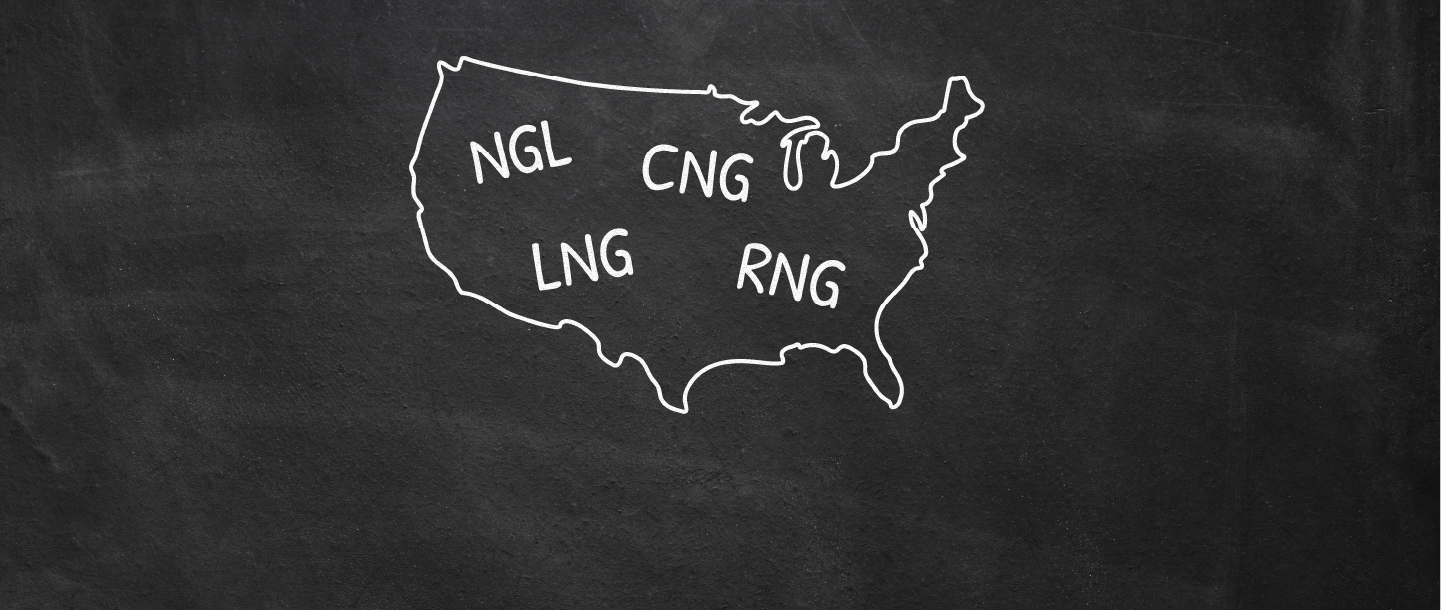Despite air pollution and greenhouse gas emissions, coal today continues to supply over one-third of global electricity power generation and is still widely used in the iron and steel industrial sector.
According to the IEA, global coal use rose for the second straight year in 2018 primarily from China, India, Indonesia and other countries in South and Southeast Asia, where demand for electricity has continued to grow and coal remains the largest source of generated electricity.
One proven way to reduce emissions and still meet demand for electricity is by switching to natural gas for generated electricity.
Many countries don’t have access to natural gas, but at Williams we believe the abundant supplies of natural gas that the United States enjoys so much can offer benefits to the rest of the world. Natural gas is key to generating electricity in large volumes for power grids. It is also a great partner with renewables because a reliable power grid (made possible by natural gas) supports investments in intermittent renewables like wind and solar.
The United States sends natural gas to overseas countries through a process called liquefaction. At terminals on the coast natural gas is chilled to liquid form known as liquefied natural gas or LNG. This LNG is then transported on ocean-going vessels. Once it reaches its destination it is returned to gas form so it can be shipped by pipeline to end users. As the top provider of natural gas to LNG export facilities in the United States, Williams is proud to be part of this global energy solution. LNG shipments allow the environmental benefits of natural gas to be shared around the world, helping reduce global greenhouse gas emissions while supporting economic growth.
Industry
NGL, LNG, CNG and RNG. What do these mean?
The common letter is G — for gas. Here’s the gist of each one. NGLs are natural gas liquids. They are …

